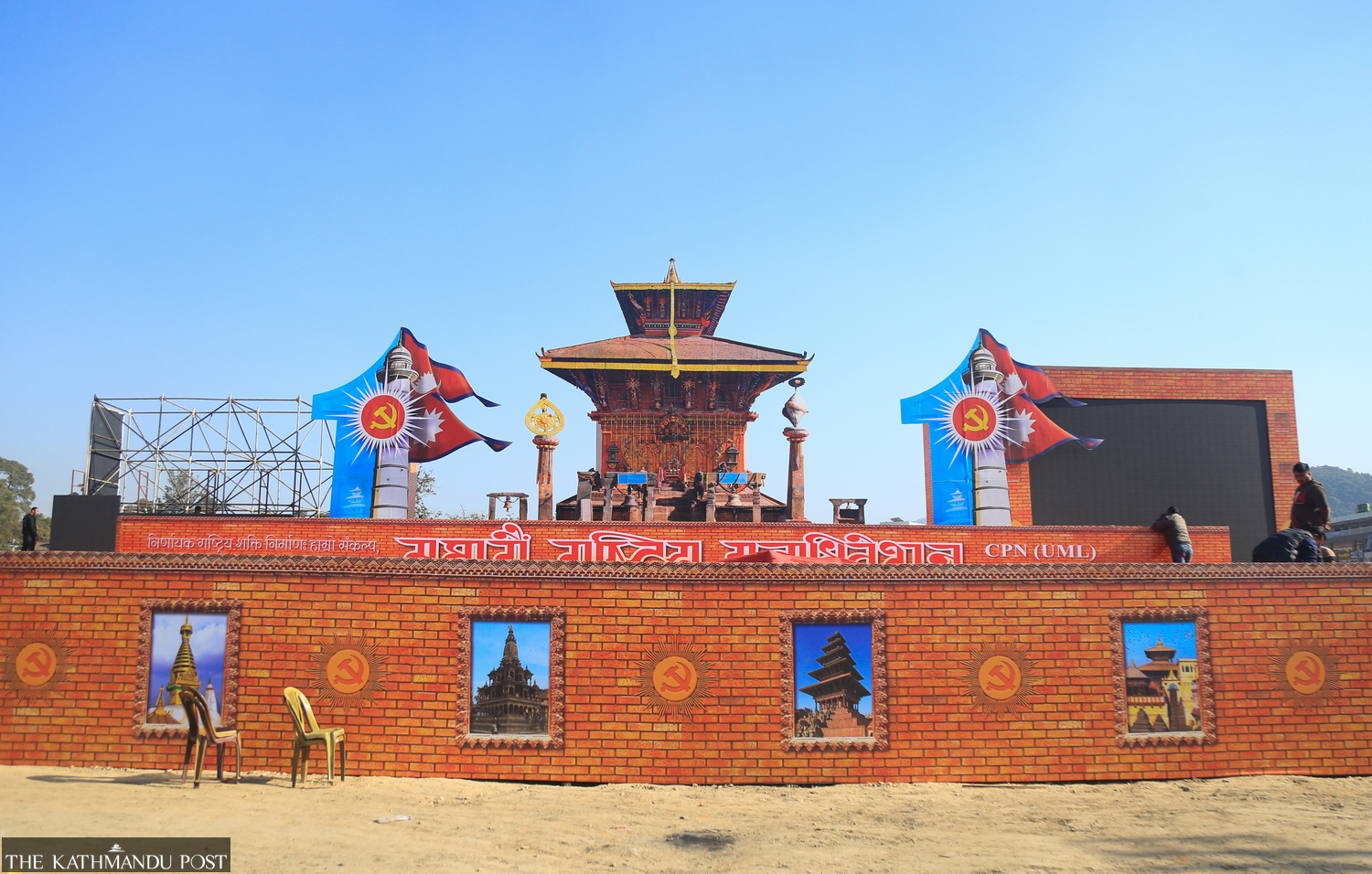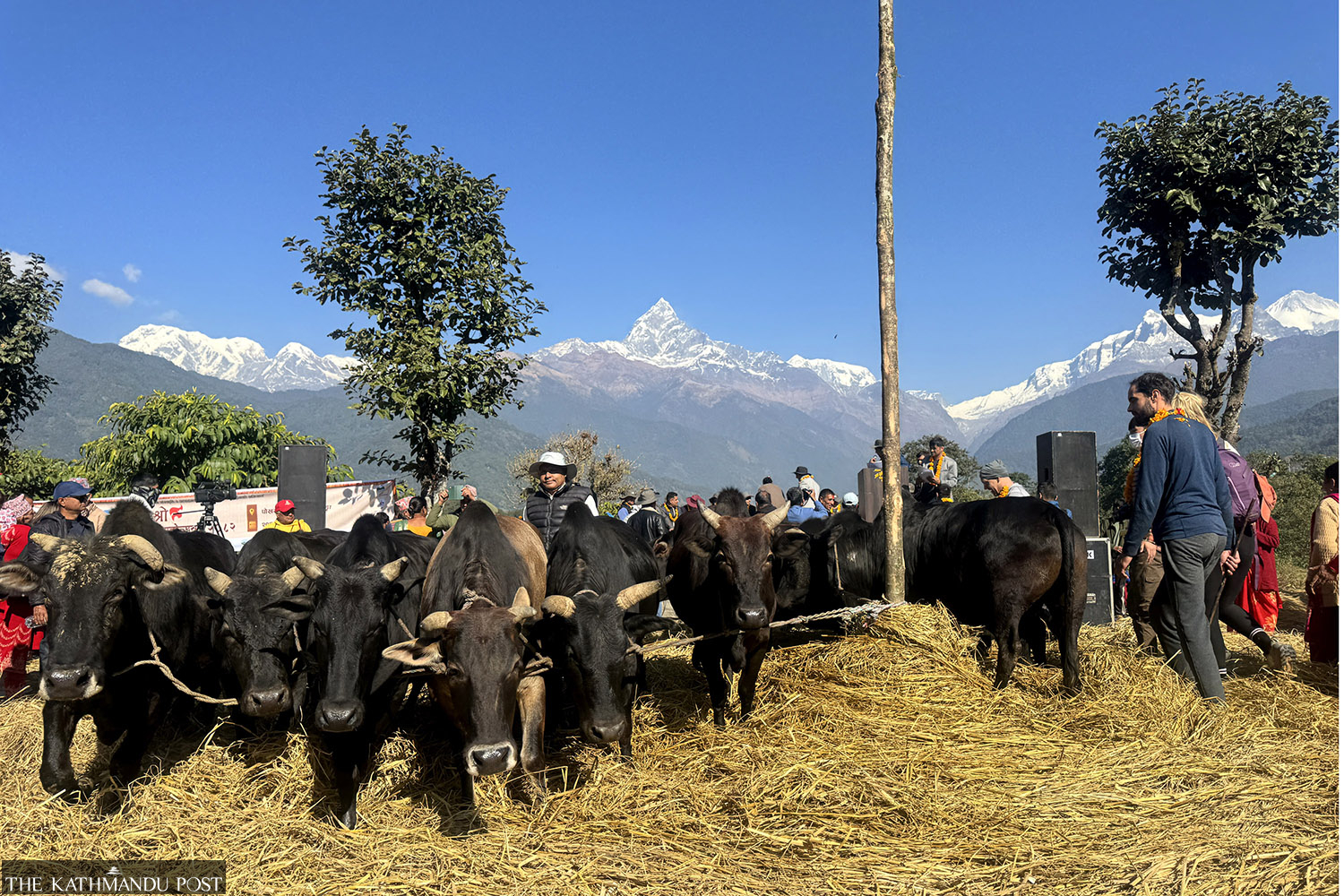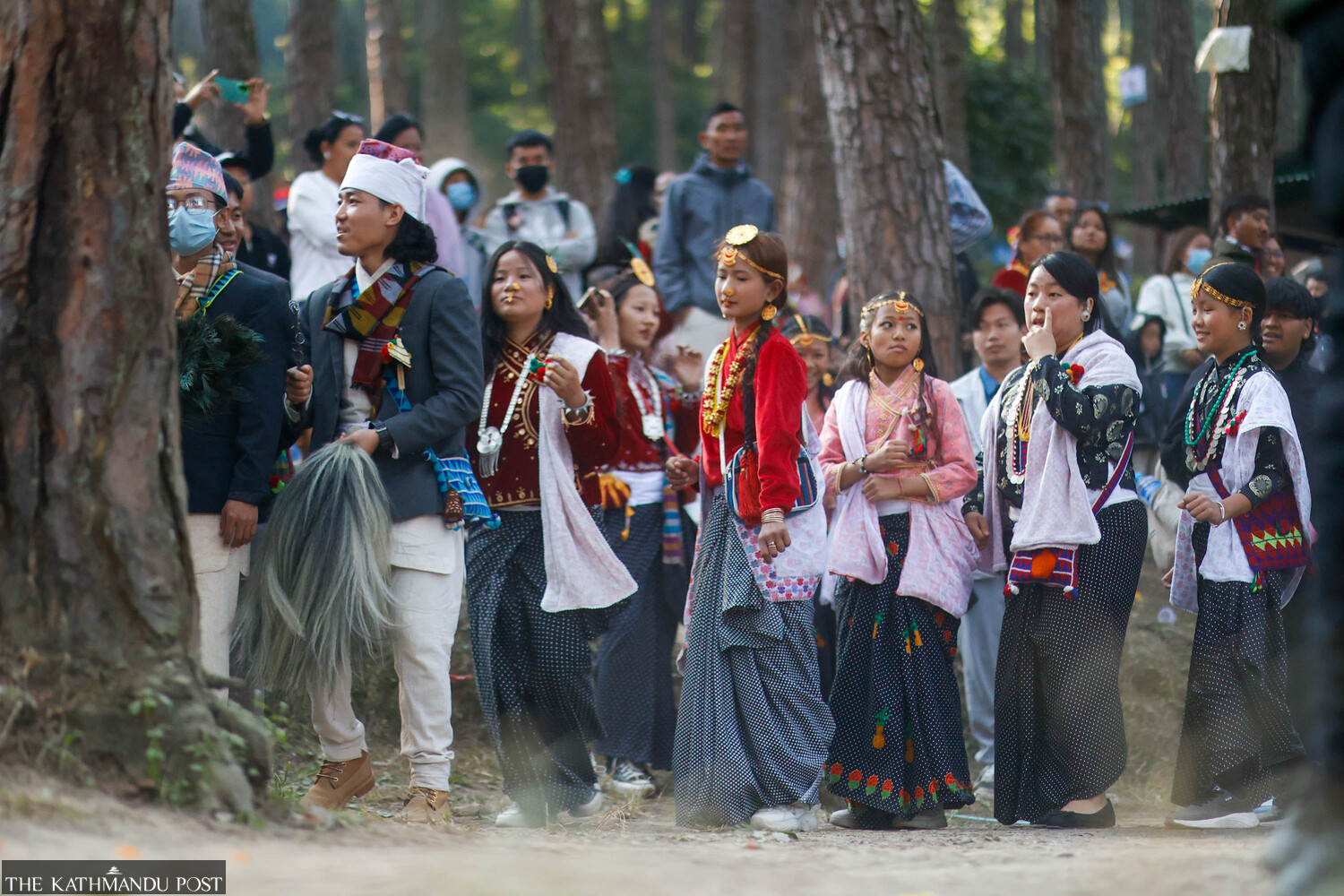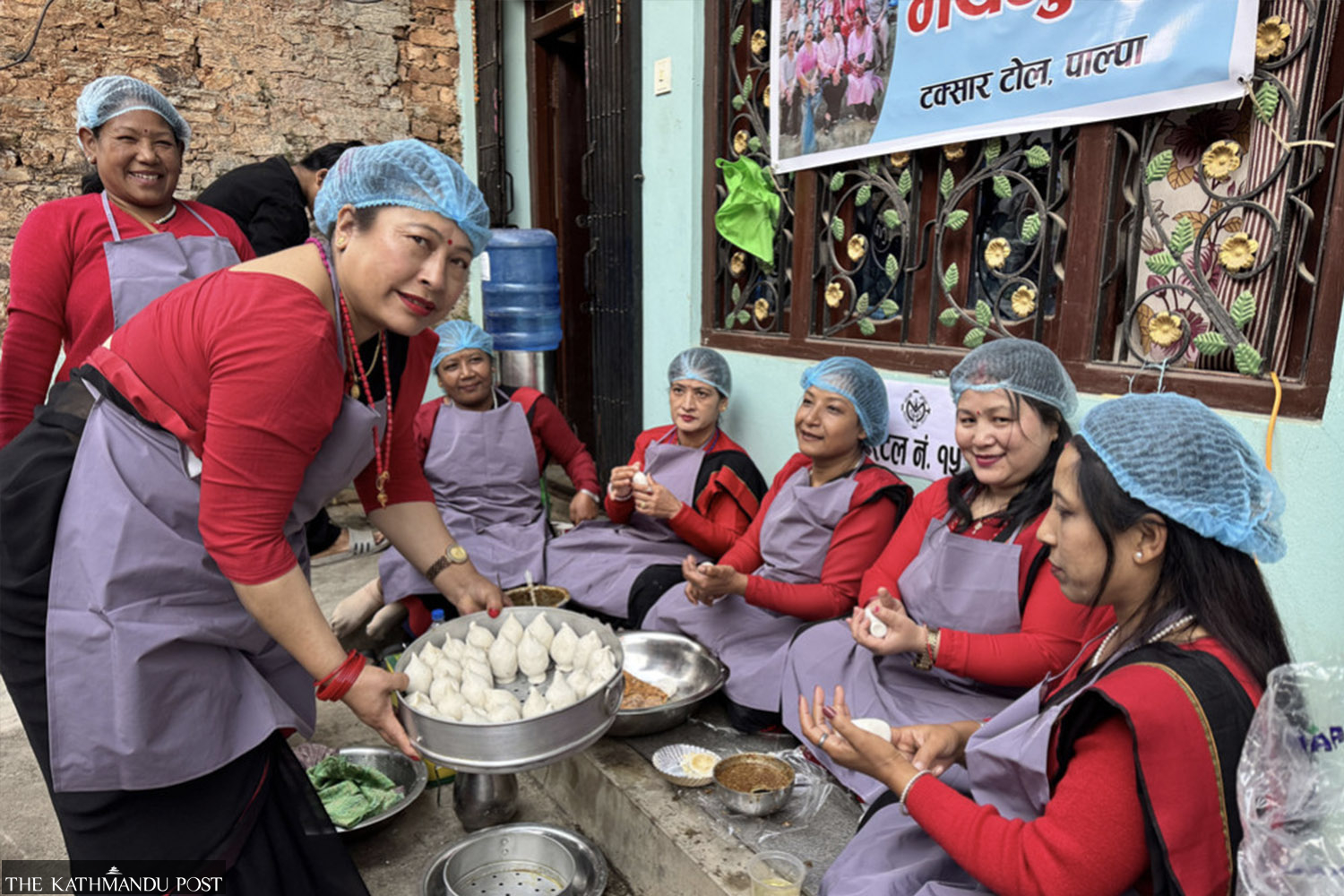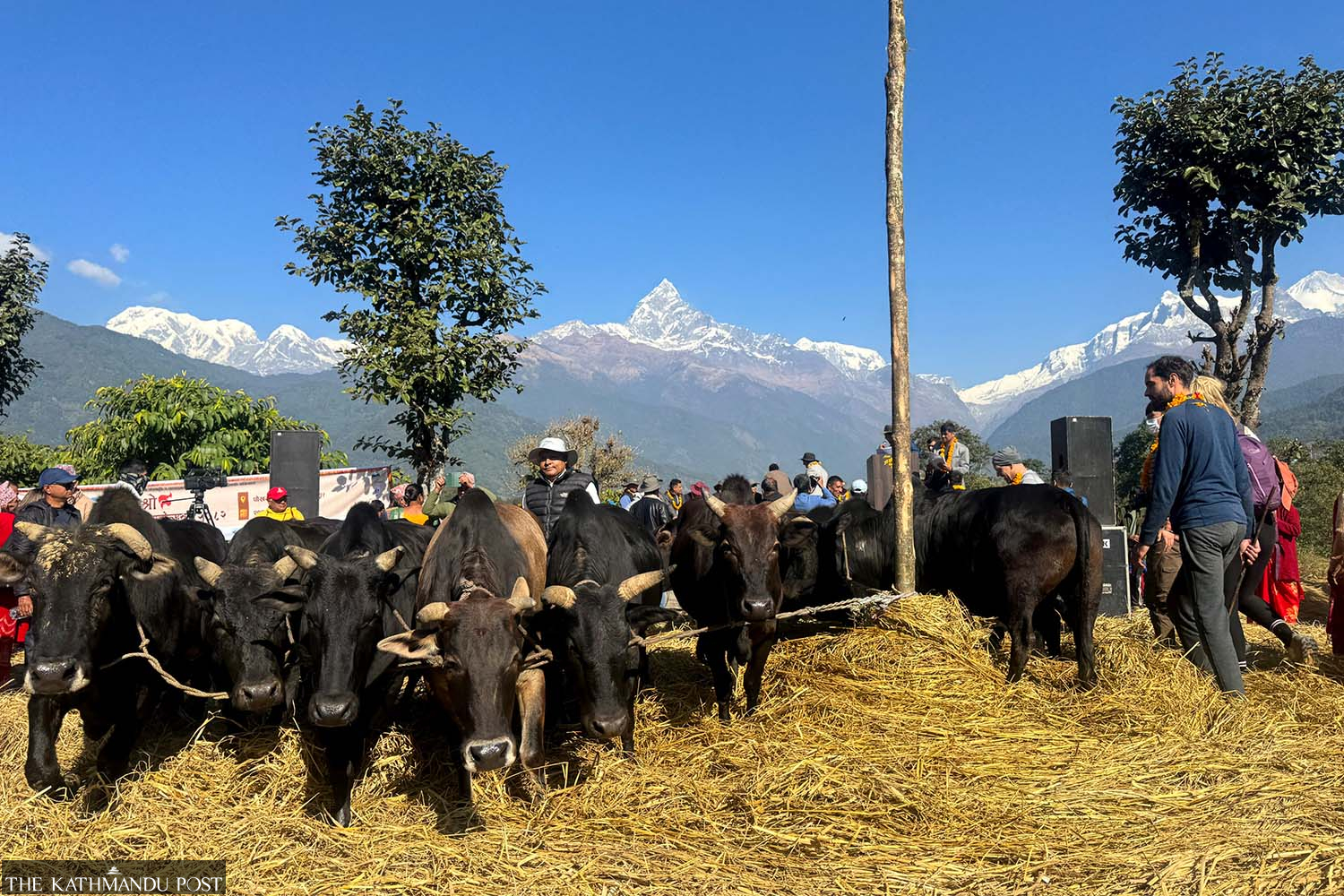Visual Stories
Koshi in their veins
The Koshi Barrage is a mega-structure near the international border with India. Built between 1958 and 1962, the barrage has 56 gates which are controlled by the Nepal Army and Indian officials from down river,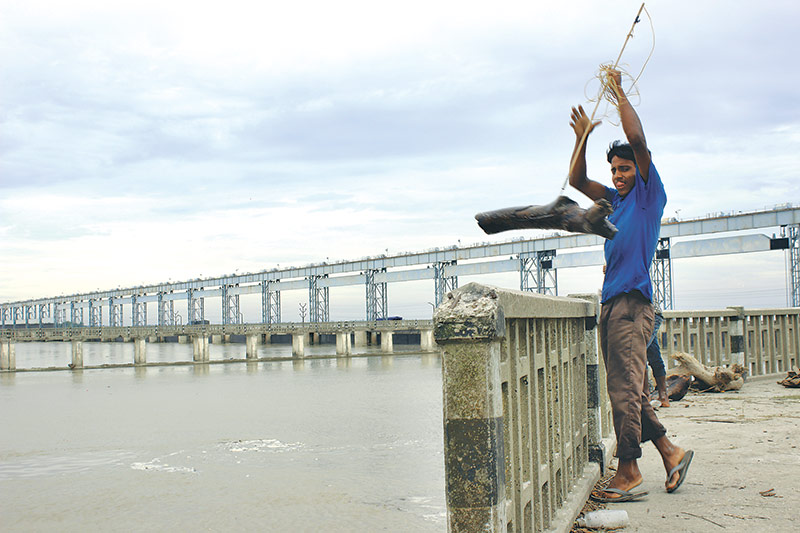
Milan Poudel
The Koshi Barrage is a mega-structure near the international border with India. Built between 1958 and 1962, the barrage has 56 gates which are controlled by the Nepal Army and Indian officials from down river, as the infrastructure is crucial for flood management in both countries during the monsoon. On August 18, 2008, five VDCs in Nepal and 14 districts in India were inundated by severe flooding when one of the eastern embankments of the river collapsed, reminding all of the ever present danger that comes with living by such a massive river.
But despite tragedies the river has wrought, Koshi continues to be a vital lifeline for millions of people in both Nepal and India. This river means different things to different people. Some worship it as a god, and the river banks draw thousands of devotees on pilgrimage each year. Others are drawn by the sheer scale of the project. Selfies atop the bridge by giggling teenagers or those passing through is part of the everyday landscape. For many, the river is a vital source of income, whether that is through fishing or collecting driftwood that has floated down from up river; or by providing irrigation for their farmlands. Occasionally, away from prying eyes of camera lenses, the river also serves as an open toilet.
This photo story explores how the lives of those who live along the Nepali side of the river are inextricably tied to the mighty river—and the joys and sorrows it brings with it.
Photos: Milan Poudel














 13.12°C Kathmandu
13.12°C Kathmandu

